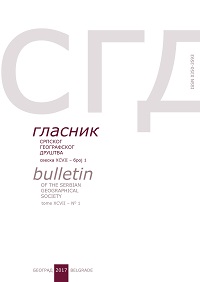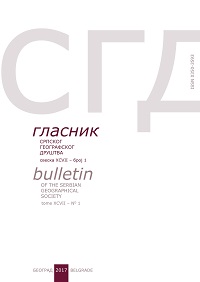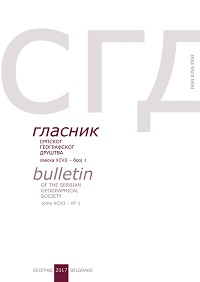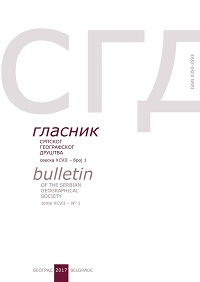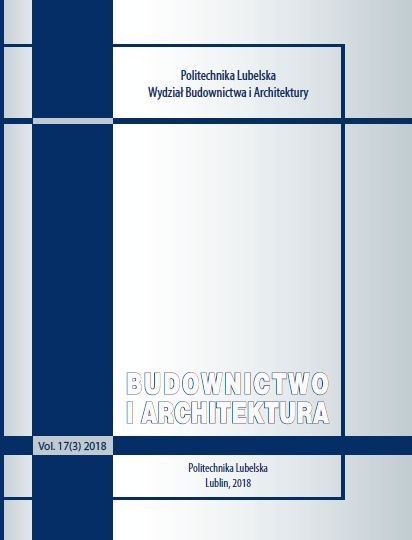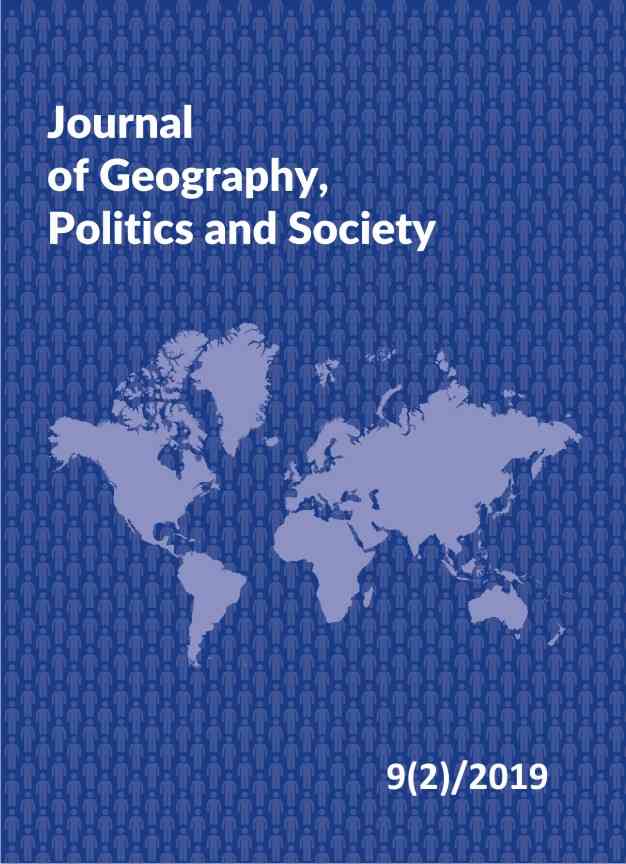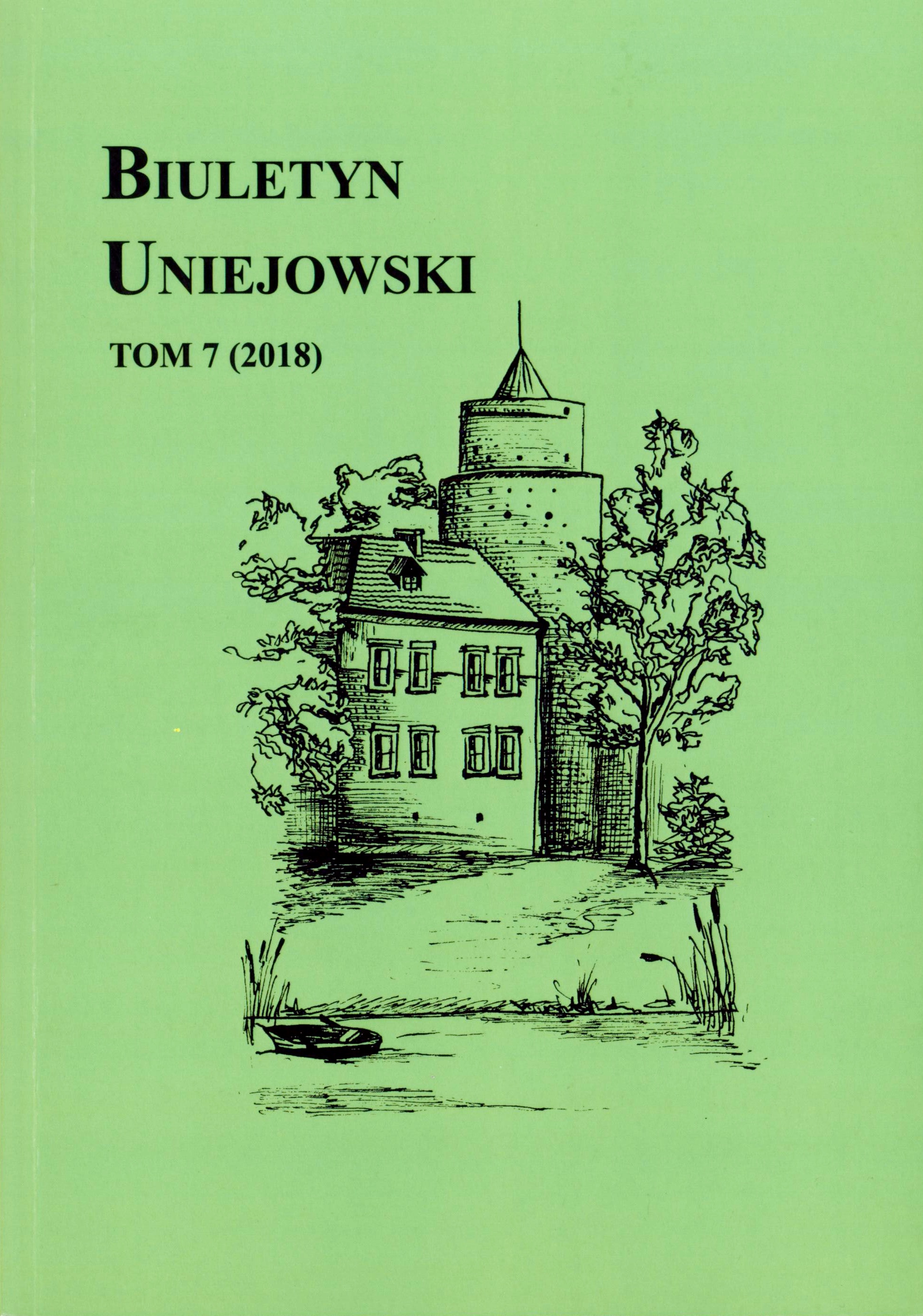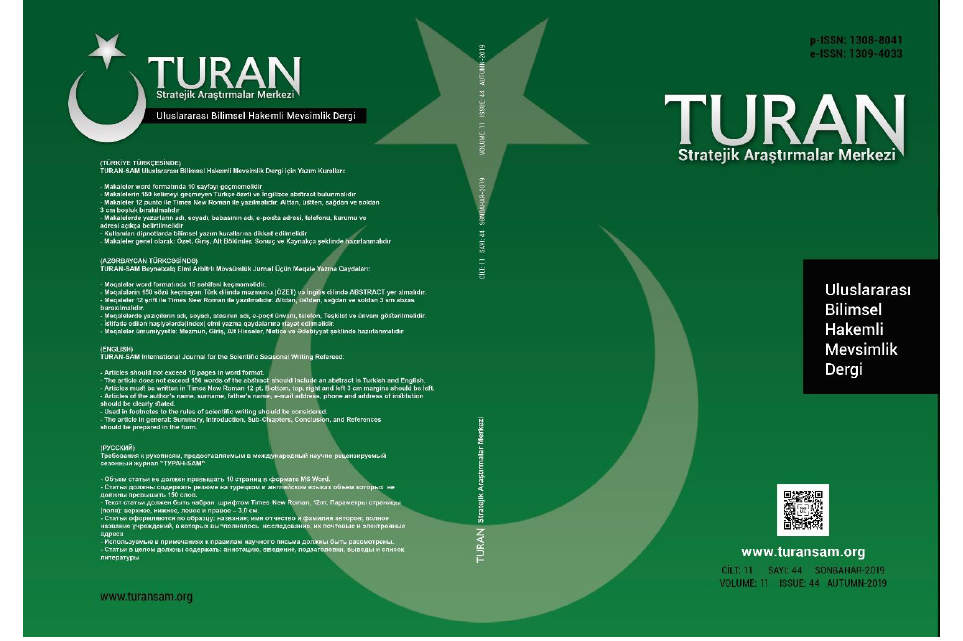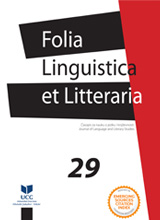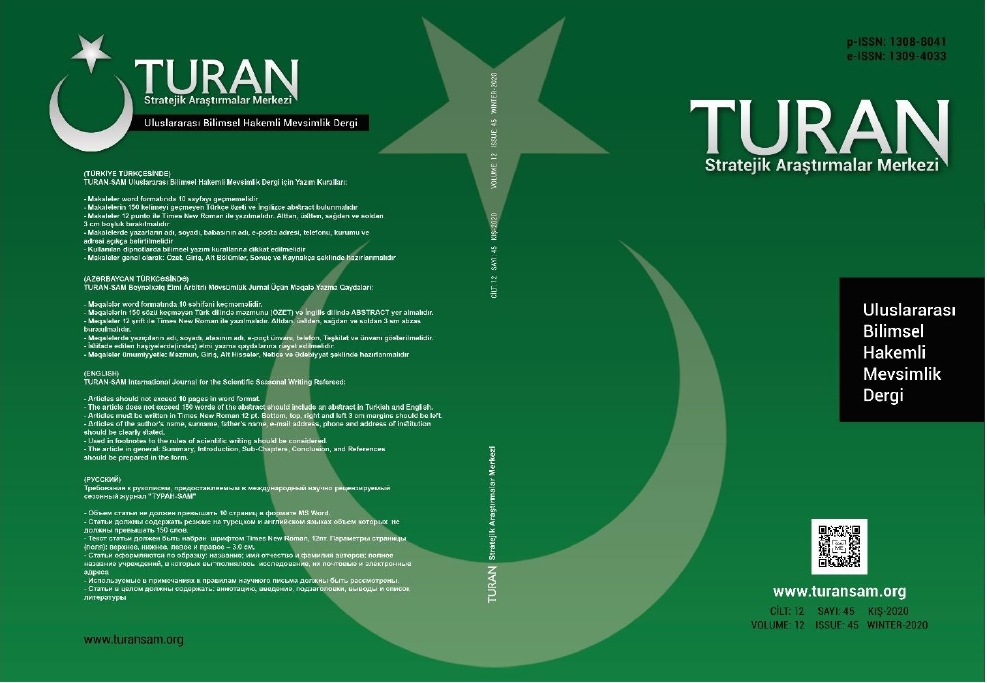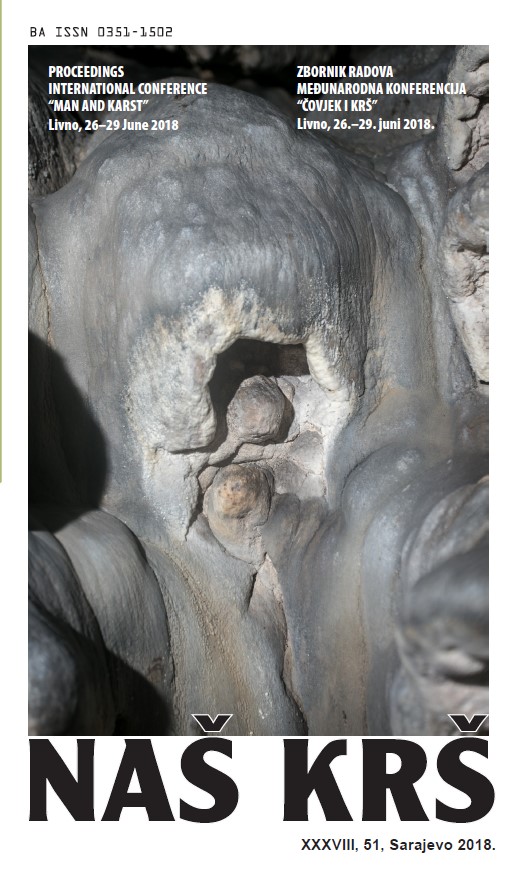Miškingumo kaita Aukštadvario regioninio parko teritorijoje 1893–2015 m.
Forest coverage is important geographical factor for every country, so it is very important to regulate, control and supervise it. The purpose of this paper – to analyze forest changes in Aukštadvaris Regional Park in the period from 1893 to 2015. In order to reach the goal, certain tasks were accomplished. Firstly, with the use of GIS and cartographic sources of different periods (1:21 000 – 1:25 000 scale topographic maps of the Republic of Lithuania forest cadastral digital data) to identify forest areas of Aukštadvaris Regional Park in 1893, 1934, 1949, 1984, 2000, 2015, changes were identified and their spatial distribution were examined. During the study maps were made to reflect the mentioned years, changes that had occurred during period between the years, all of this information were analyzed, evaluated and described. Second, causes and factors of forest changes in Aukštadvaris Regional Park area were examined. It showed that the main reason for this was government policies, wars, lack of natural-growth control. Finally, the results, information and trends were compared with the Lithuanian forest situation and trends. In this way, problems, regional park is facing, were highlighted – too many fastgrowing forest coverage, because in Lithuania forest coverage were both increasing and decreasing over the period of time, and right now it stands at 33,4 %, but in the regional park of Aukštadvaris, during analysed period has only been rising and right now stands at 54,8 %. If the situation will not change and appropriate measures will not be taken, forest coverage can reach 60 %.
More...
